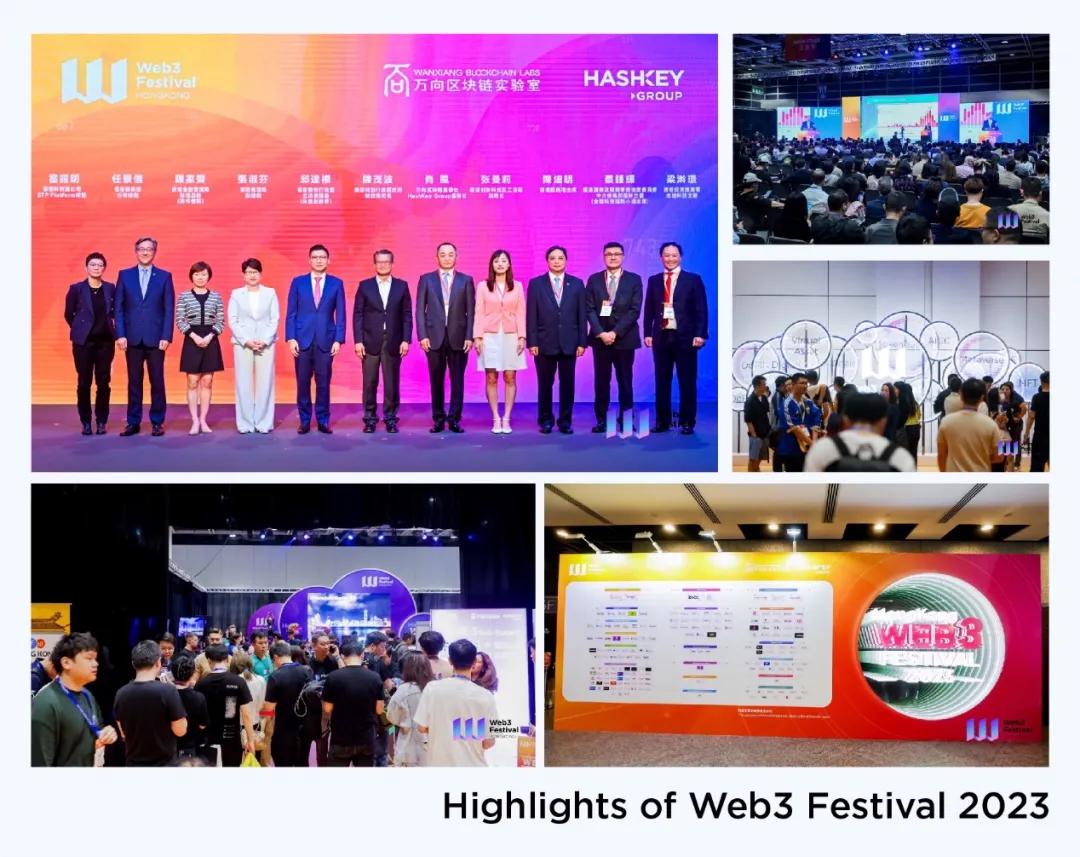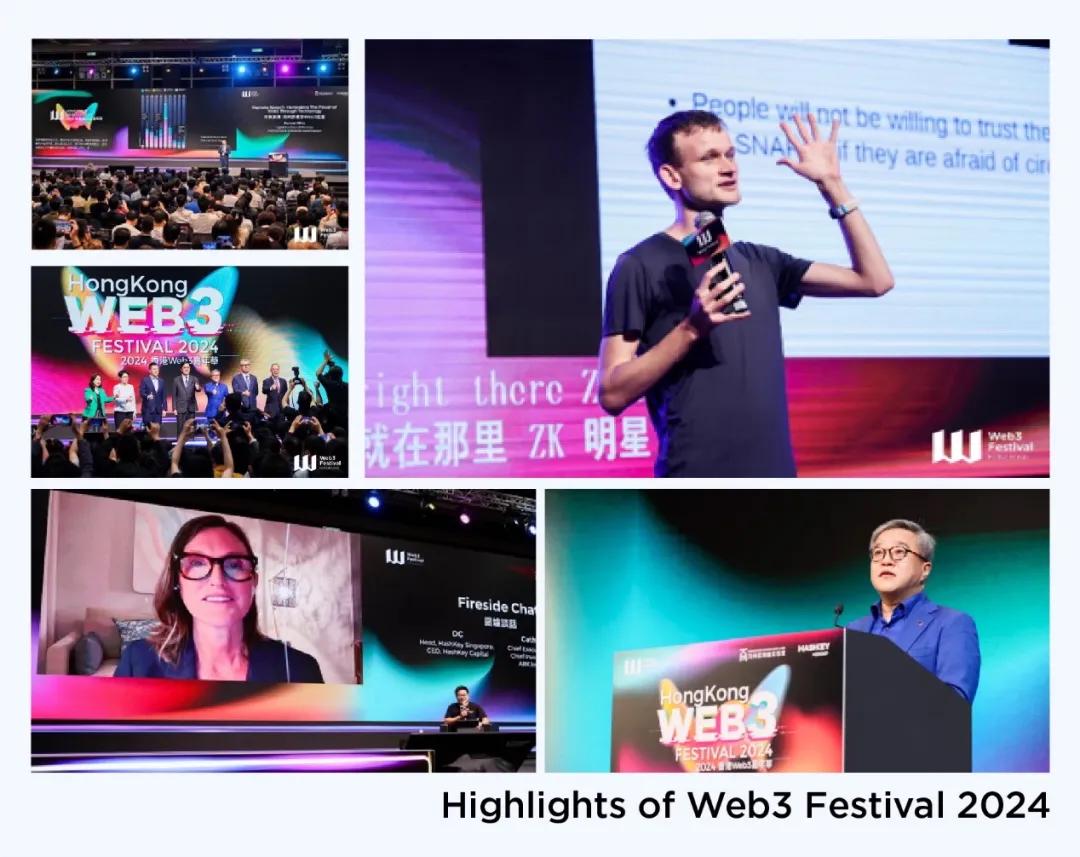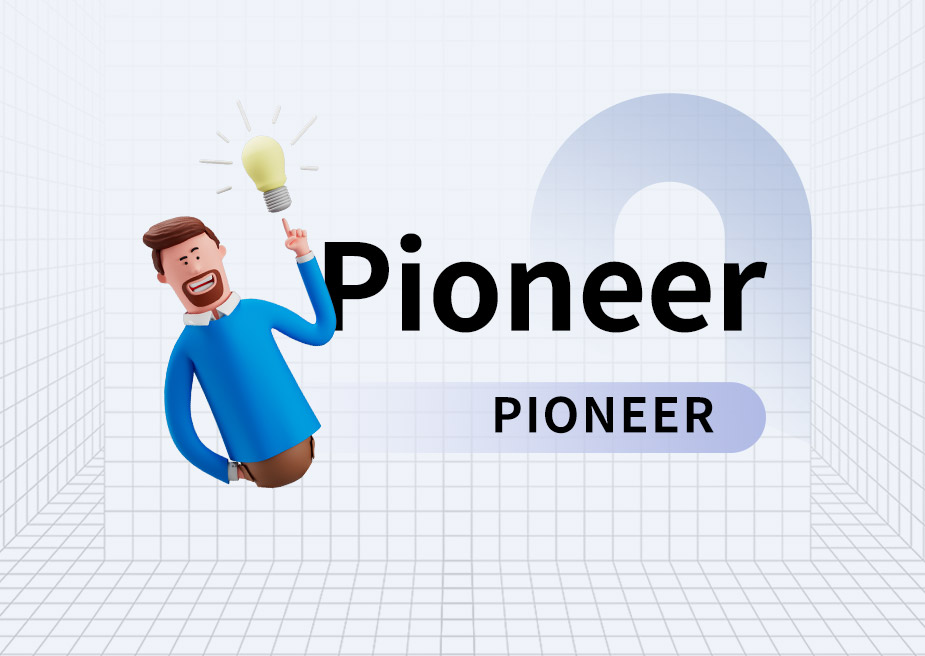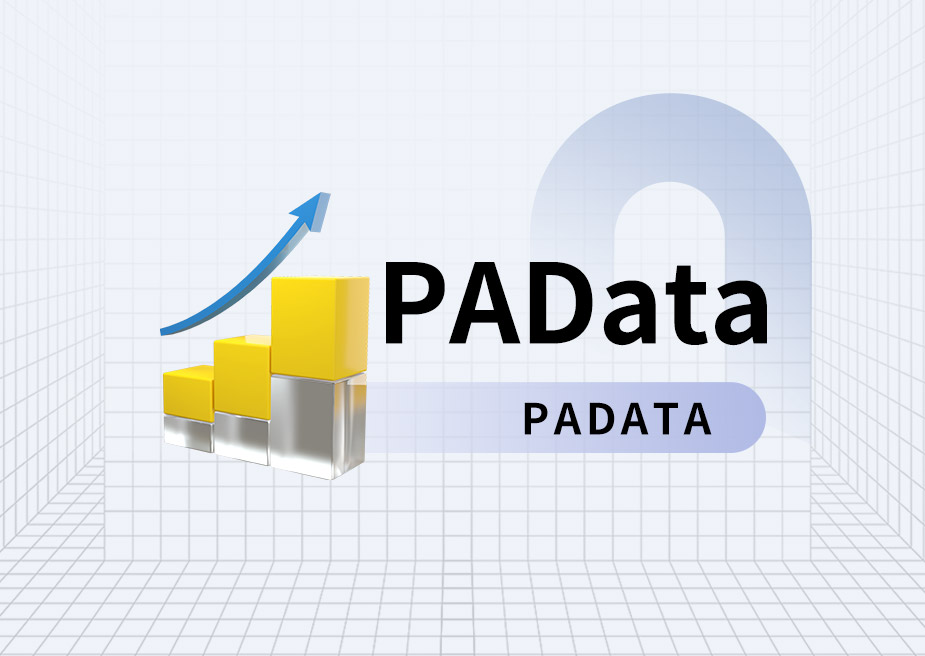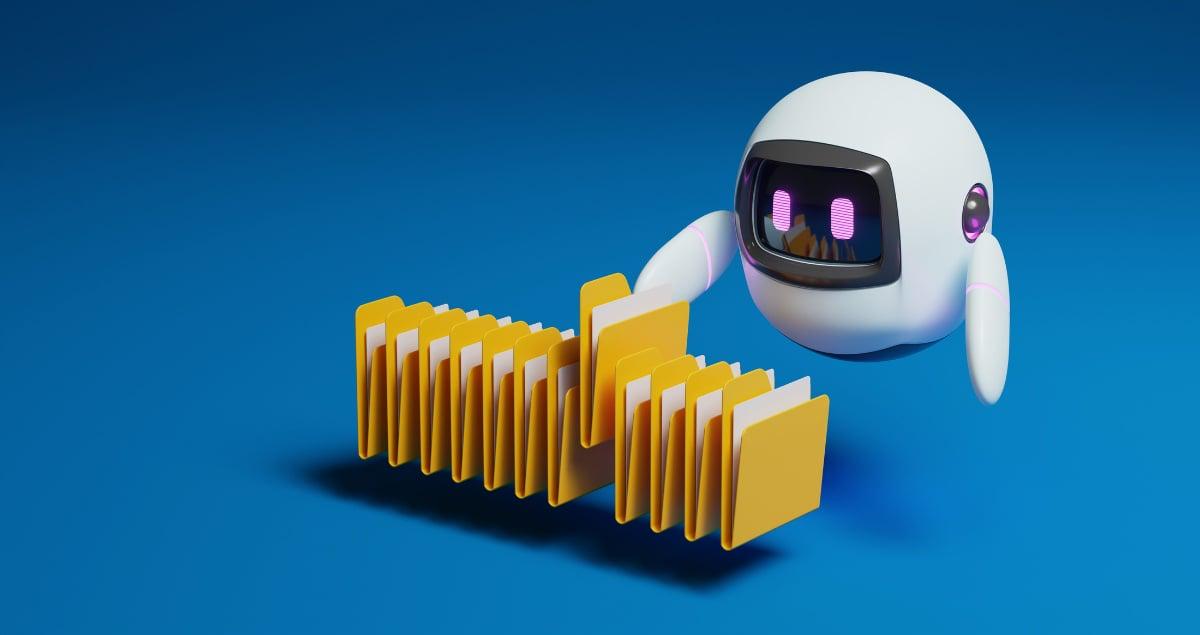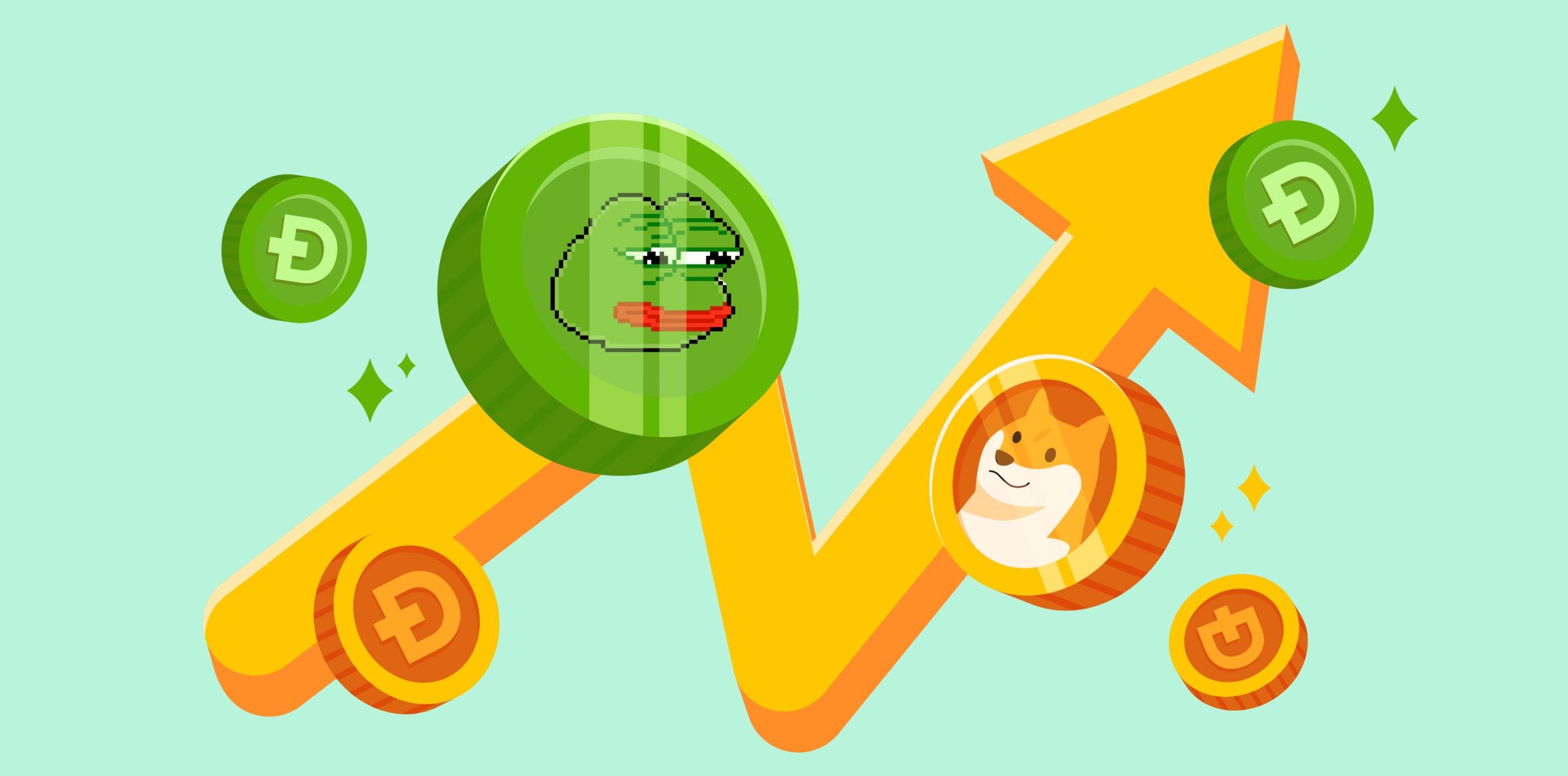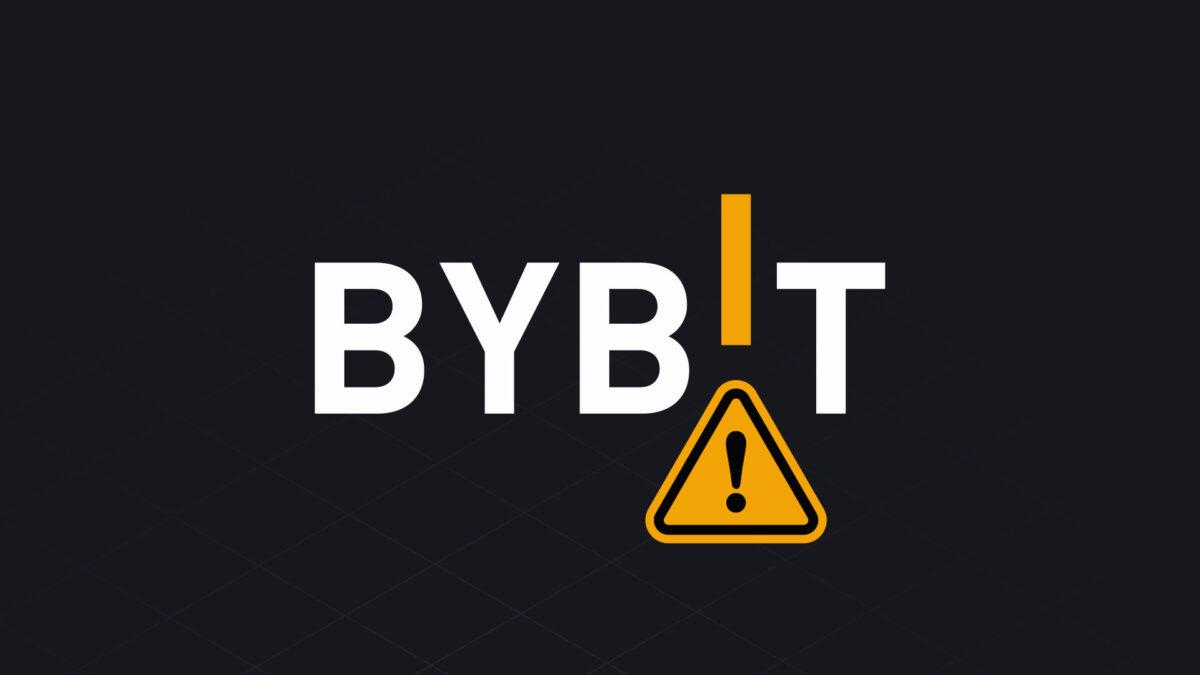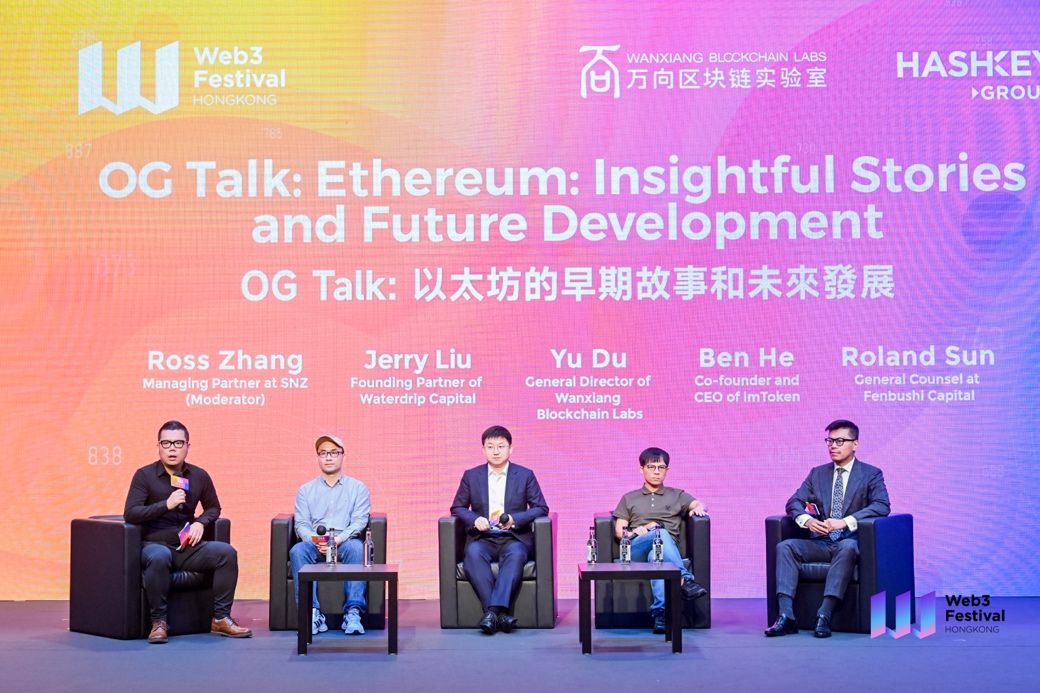
在 2023 香港 Web3 嘉年华上,分布式资本、万向区块链、SNZ、imToken 和巨蟹等早期以太坊中国社区的参与者与支持者,畅谈以太坊创始之初的“中国故事”,同时他们也对以太坊的未来发展,例如模块化、用户体验、存储、亚洲开发者社区等提出了各自的建议。
主持人:
-
Ross Zhang(SNZ 管理合伙人)
圆桌嘉宾:
-
Jerry Liu(水滴资本联合创始人)
-
杜宇(万向区块链实验室负责人)
-
Ben He(imToken 创始人兼 CEO)
-
Roland Sun(分布式资本总法律顾问)
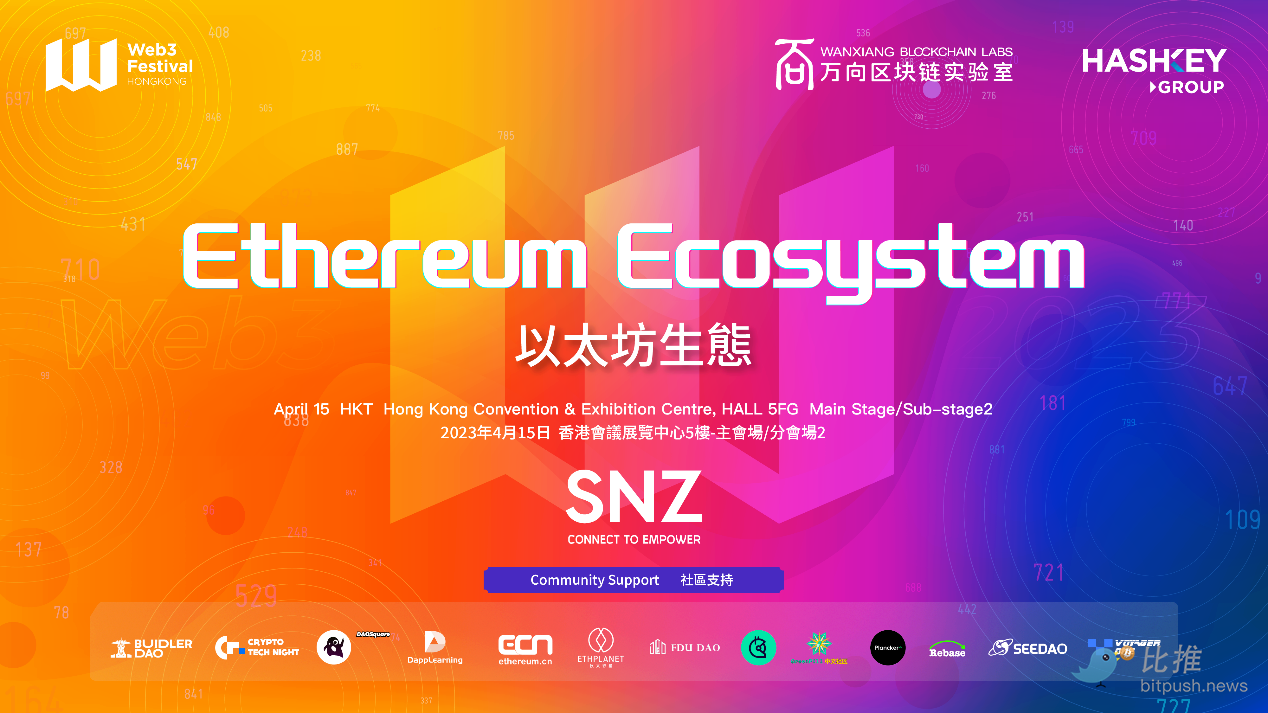
Ross Zhang:非常感谢大家来到今天早上以太坊专场,我知道最近周边的活动很多,今天邀请各位以太坊最早期 OG 跟大家分享一些以太坊最早期非常有意思的故事,让大家了解以太坊的发展。
自我介绍一下,我是 Ross,是 SNZ 管理合伙人,SNZ 是最早在 2014、2015 年的时候投资和支持了以太坊,举办了很多以太坊早期社区活动,作为 VC Fund,一直非常支持以太坊生态发展,我们也是 Arbitrum 早期的投资人和支持者,有请各位嘉宾进行自我介绍。
Jerry Liu:大家好!我是 Jerry,但是在圈子里大家更习惯叫我“巨蟹”,我是水滴资本的创始合伙人,也曾经比较早期地参加过一些 Crypto 方面的项目。
杜宇:大家好!我是万向区块链实验室的杜宇,也是这次活动的主办方,感谢大家在历经很长的一周后还在星期六的早上来到这儿,参与我们的活动。
万向区块链实验室算是亚洲、中国最早的以太坊支持者,从 2014 年开始研究区块链,2015 年正式设立区块链实验室,在亚洲促进区块链、Web3 行业的发展,同时也是最早以太坊生态支持者。
Ben He:大家好!我是 Ben,imToken 创始人,我自己本人 2014 年看到以太坊白皮书,一头就扎进了区块链生态,当时蛮幸运的。
2015 年参加了万向实验室在上海德勤大楼举办的黑客松,诞生了 imToken 钱包,一开始 imToken 就扎根在以太坊生态,算是在亚洲这边第一个做以太坊移动端友好的钱包,到现在发展了第 7 年,算是发展的还不错,1500 万用户,是分布式的团队。
大家会看到,今天我们在提 Web3,起源还是来自于以太坊,以太坊白皮书作者 Gavin Wood 很早期就写了关于 Web3 的相应研究文章,很开心来到这里跟大家进行分享交流,聊聊过去以太坊的发展历史以及未来以太坊的发展方向。
Roland Sun:大家好!我是 Roland,是分布式资本的总法律顾问,分布式资本是在 2015 年由 Vitalik、万向肖风总和沈波三位一起成立的,也是亚太地区最早的区块链投资机构,也是以太坊最早的投资机构,这么多年见证了以太坊发展的历史,很高兴有机会跟大家分享我们的经历,谢谢!
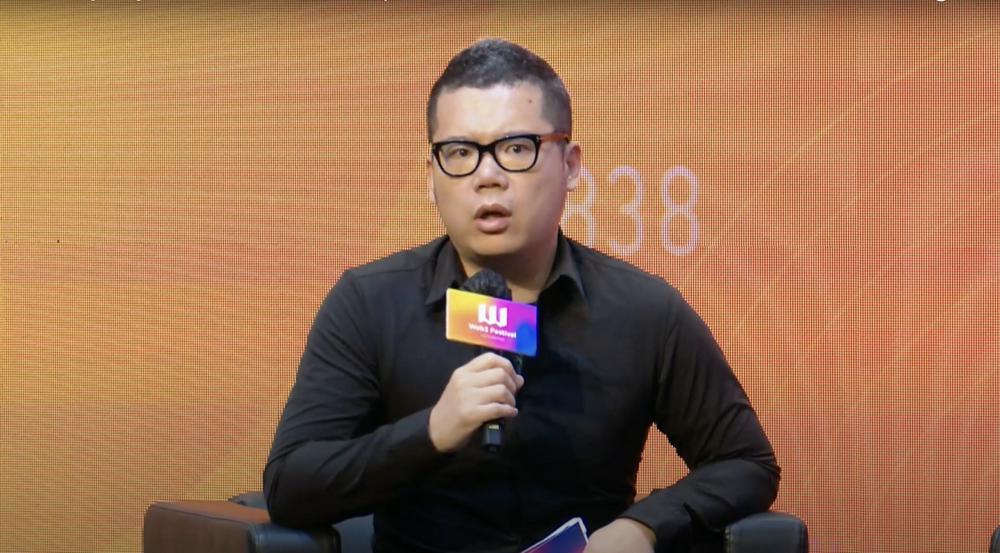
Ross Zhang:非常感谢各位的自我介绍,这次圆桌相当于是以太坊最早期的老朋友聚会,以太坊最早期发生了非常多非常有意思的事情,先有请巨蟹哥跟大家进行介绍,为什么先有请他呢?因为巨蟹哥参与翻译了《以太坊白皮书》,以太坊中文名字也是巨蟹哥的奇思妙想。
Jerry Liu:时间要追溯到 2015 年的上半年,那时候区块链比较非常早期,关注这个领域的人也非常少,但在上海有一些小伙伴在领域内经常进行讨论,组织聚会,谈论这方面的事情,也会经常在早期的媒体 - 比如说巴比特 - 上写文章。
那时候,圈内项目非常少,我记得当时交易所里基本上就是比特币、莱特币、BTS 等项目,当时我在 BitShares 项目投入得比较深,沈波老师也非常关注这个。
2015 年 2 月份的某一天,沈波老师找到我说你能不能翻译一本 Ethereum 白皮书,可能我当时经常在巴比特上发表一些文章,他觉得我的文笔还可以,就找到我做这件事情。
那时候和 Roland 也有一个机构“比特创业营”,包括当时达鸿飞都在组织里,以及 SNZ 当时的创始人咕噜都在组织里,所以我找到咕噜跟他一起翻译白皮书,后来就做了这件事情。
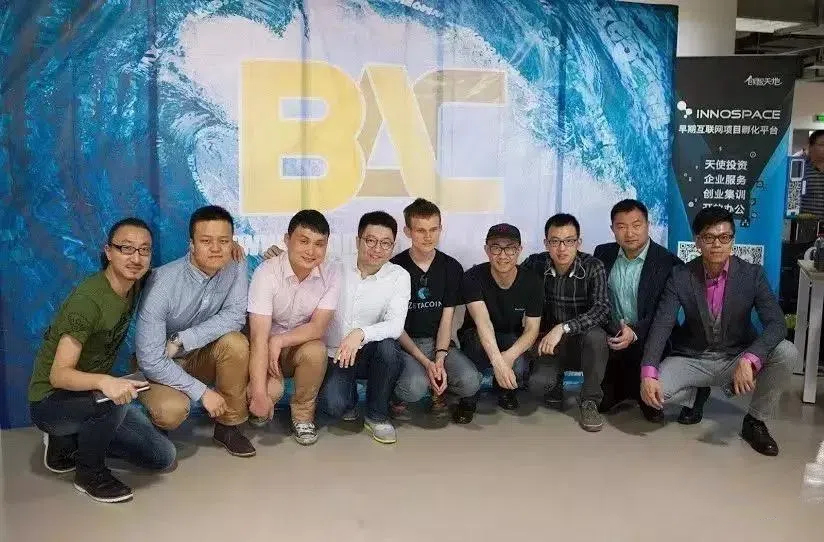
比特创业营活跃成员和 V 神的合影
关于以太坊的中文名字也是后来大家津津乐道的话题,当时也没有想那么多,为什么翻译成这个名字呢?因为 “ETHER” 翻译成以太没问题,但 “EUM” 翻译成什么呢?词根的含义本来就是工厂的含义,我想 Vitalik 命名为 Ethereum 应该就是可以做智能合约工厂,做很多大家定制的事情。
当时我想总不能翻译成“以太工厂”吧,找什么字呢?“坊”这个字在中文里的意思就是工厂、作坊的含义,应该比较贴合 Ethereum 本来的含义,所以最后定下来了以太坊这个名字,这是当初最初的基本故事。
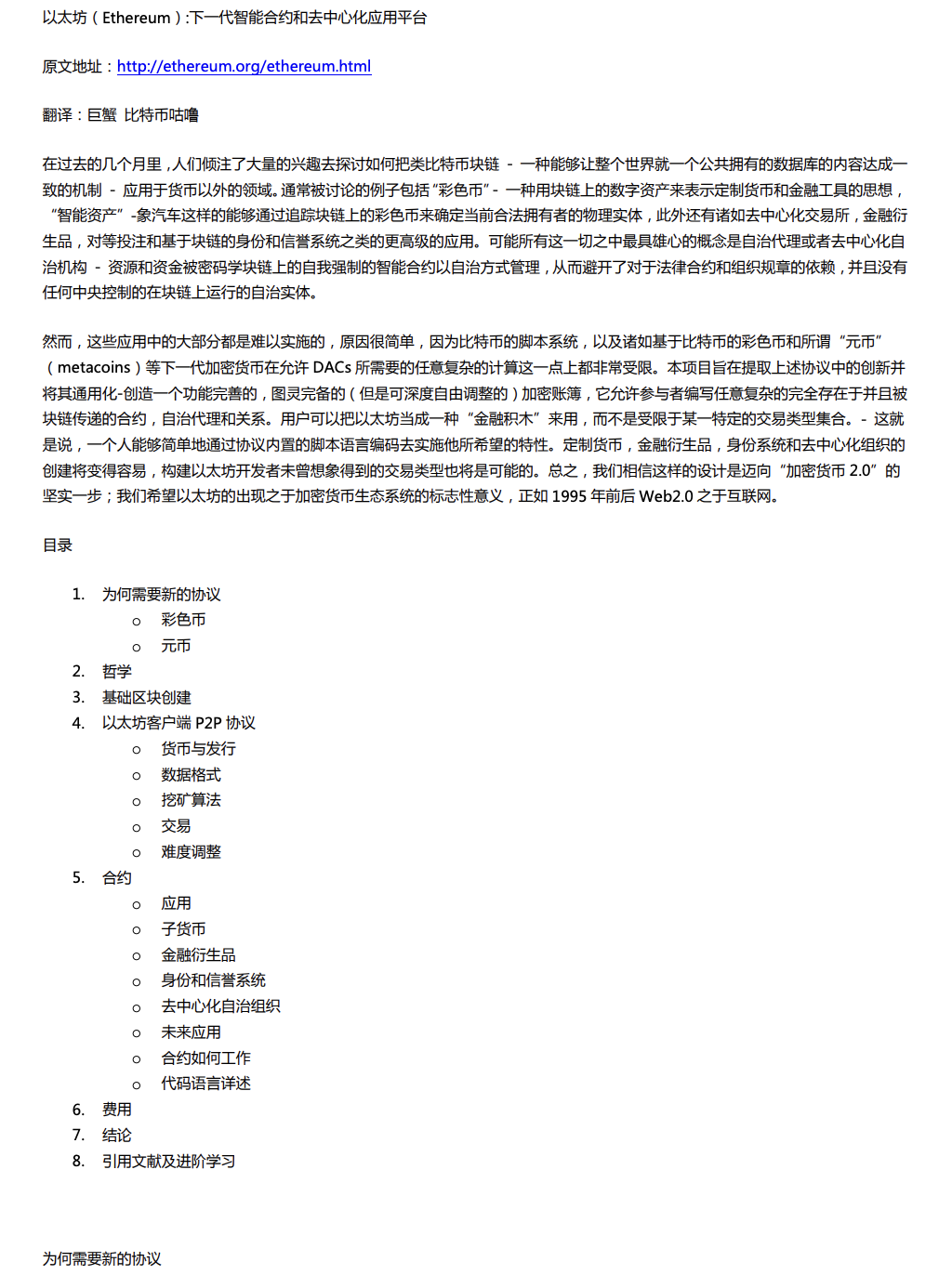
那时候行业发展早期,Ethereum 项目刚出来的时候也没有那么多人关注,当时比特营小组还有另外一个成员,他来自加拿大,和 Vitalik 有某些渊源,他把 Vitalik 请到了中国进行交流,当时去了杭州、深圳、上海做各种各样活动,但当时反响不是特别热烈。
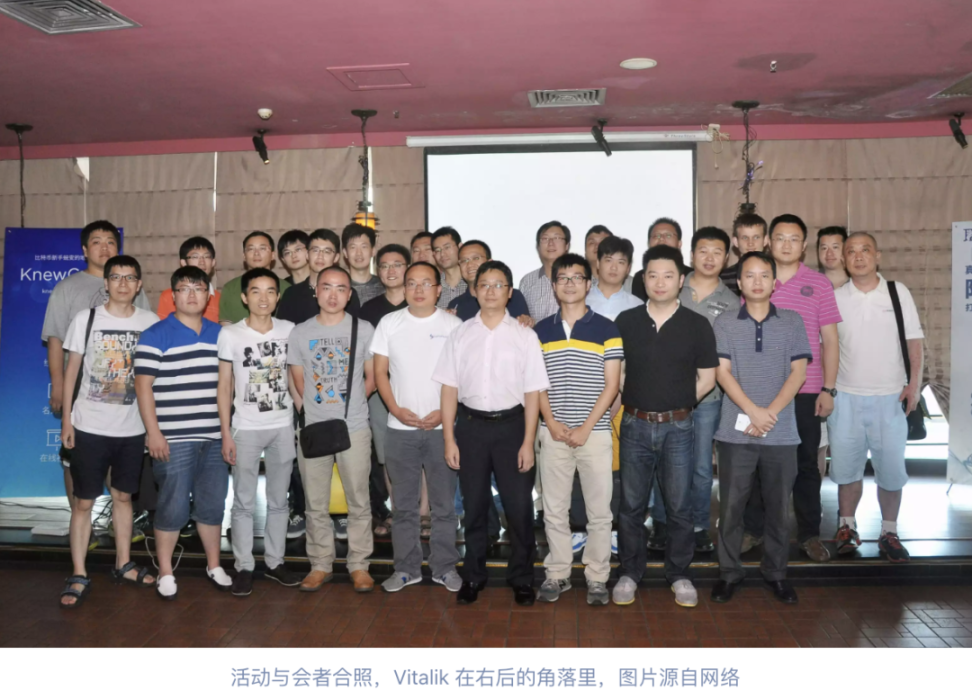
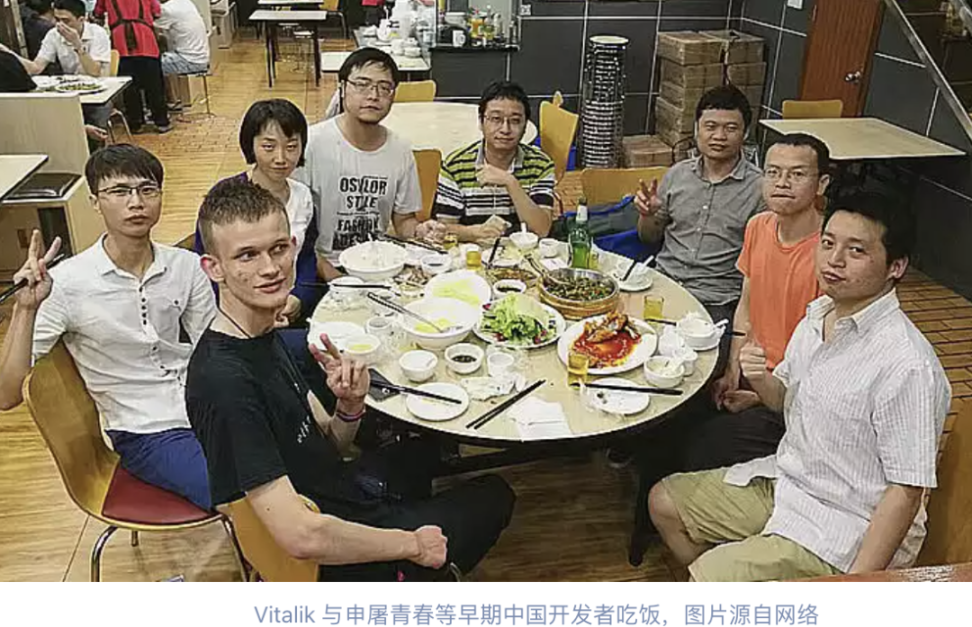
记得在杭州咖啡馆里进行分享的时候,听众主要的反应是听不太懂,不知道具体在讲什么,Vitalik 在杭州、深圳逛了一圈之后,他的感想是好像中国除了交易所和挖矿没有什么特别有趣的东西。
当时大致的情况就是这样,也请其他嘉宾分享他们经历的早期故事,一会儿再分享更多内容。
Ross Zhang:非常感谢巨蟹,接下来有请杜宇。
杜宇:其实我进区块链行业也是从读《以太坊白皮书》开始,先偷懒读了巨蟹翻译的中文版,中文版读完以后再读英文版。
2014、2015、2016 年我有一个个人的观点,以太坊是真正把区块链带进了主流,以前大家讲的都还是比特币,觉得比特币只是一些简单的金融应用,做支付,当黄金一样用,而真正以太坊上的智能合约让更多人看到了区块链技术、DLT 技术真正的效果。
我一直觉得,如果没有以太坊,就没有今天的 Web3 区块链生态,2014 年的时候我们把 Vitalik 请到在海南办的财经论坛上,万向实验室在这个角度做的最有价值的一件事情 - 我们是亚洲第一个甚至全球最早的把以太坊带进主流机构的。
一方面,我们是第一个作为大公司来支持以太坊基金会的公司,2015 年的时候支持了以太坊 50 万美金,当时是以太坊处于最困难的时候,有一家中国传统公司愿意支持以太坊也是给整个社区带来了更多信心。
另一方面,因为我们看到了以太坊未来带来的各种各样可能性,所以带着 Vitalik 在亚洲见各种各样的金融机构、不同政府部门,让大家更好地知道区块链是什么,区块链和比特币不一样,那时候大家提到区块链第一想到的是比特币,想到比特币更多想到的负面信息,希望通过以太坊新架构让大家更加看到区块链技术加智能合约技术所带来的未来应用场景。
回想所有的事情,做了很多很有趣的事情,但是在那个时间点最最重要的事情除了社区的人知道以太坊、支持以太坊以外,我们把以太坊带进了主流,带进了监管视角。
大家回过头来看,哪怕中国大陆对于区块链和 Crypto 监管最严的地方,所有人,不管是从监管还是到金融机构还是到企业,过去这么多年,大家对以太坊永远都持非常正面的态度,这也是当时和在座大家一起做出努力最重要的成果。
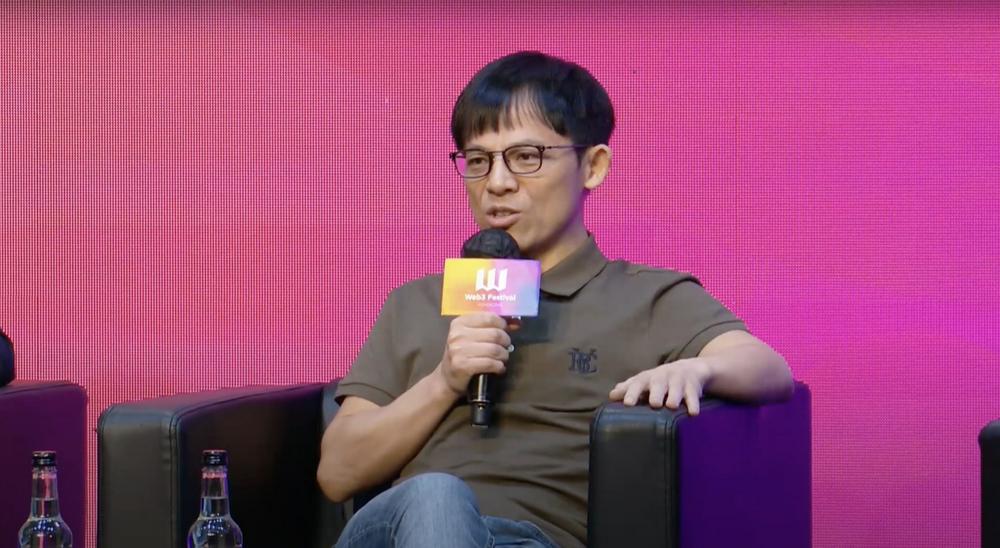
Ben He:分享一些比较有意思的回忆,相信在座也有 imToken 的用户,imToken 是 2016 年 11 月 11 日提交了 iOS 第一个 BETA 版本,相信相关用户也在观众席里。
刚才聊到白皮书,在看到以太坊之前,我本身在 IT 行业做技术,做产品,非常早期也看了比特币,并尝试用比特币客户端领取比特币,尝试体验,但当时对数字货币的点存在非常多的不理解、质疑,没有深度参与进来。
直到 2014 年看到以太坊的白皮书,提到通过区块链技术在智能合约之上,可以打造出来各种各样去中心化的应用,像 DAPP,在那当下被这样的叙事所打动。
回头看,白皮书上提到的去中心化应用大多数都已经兑现了,像 Token 类,不管是 1C0 发 Token,还是各个项目方通过 Token 做募资和空投,Token 是很重要的应用,在 2017 年早期 1C0 大爆发的时候已经被验证了。
2018、2019 年不断深化应用,DeFi 去中心化应用,现在 DeFi 特别火,得到充分验证的用例,还包括去中心化市场、去中心化存储,前面提到的智能合约钱包、AA 账户,在白皮书里都做了愿景的描述。
回头看白皮书给到的启示,在未来的愿景描述,在当下一一都兑现了,imToken 在 2016 年设计了产品,当时设计产品的思路也是朝着这样愿景的兑现实现的,在早期创业阶段,朝着以太坊白皮书所描绘的场景,希望通过技术整合产品,将用户需求发挥出来。
回过头来看这些事情一一都在发生,而且以太坊平台的潜力无限,今天也看到那么多创业者涌入进来,政策、资本对这个土壤的孵化,非常有信心地看到整个区块链生态的大爆发。
Ross Zhang:特别提一下 imToken 是我用的第一个手机端钱包,我也是 imToken 最早期的产品,看着产品一路过来,非常感慨,接下来有请 Roland。
Roland Sun:说一下过去的有趣故事,以太坊最早是沈波带进中国,当时 2014 年的时候沈波跟我说以太坊,我还没理解以太坊项目到底是做什么的,因为概念实在太新了。
2015 年上半年二三月份沈波带着 Vitalik 找到肖风总,这是他们的第一次见面,很巧合,当时为什么带 Vitalik 去见肖总?当时虽然还没有以太坊,但是 2015 年早期肖总已经发表了关于区块链非常高深的见解,在当时很难想象,肖总是传统金融背景出身的人,不是搞技术的专家,最早是搞比特币投资,以前是搞证券的,是博时基金的创始人。
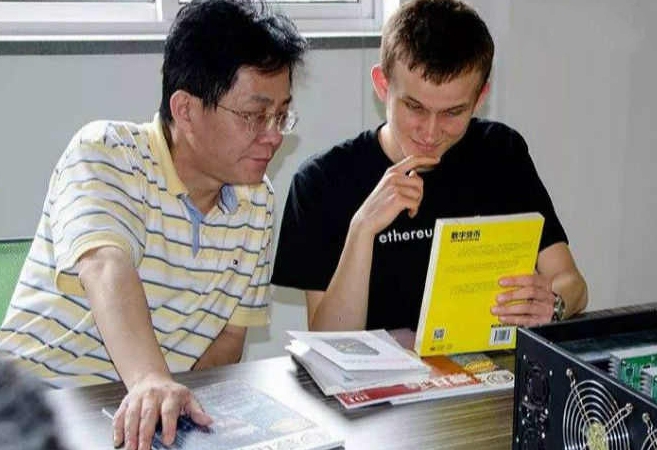
沈波与 V 神
当时沈波看了肖总的一篇文章以后觉得非常 Imprsesive,立刻带 Vitalik 找各种机会见肖总,他们第一次见肖总在机场里,那次三个人在机场第一次见面就聊的非常投机,后来就开始深入接触,包括 2015 年做了至少两件比较重要的事,一件是杜宇刚提到的万向实验室投了以太坊 50 万美元,解决了以太坊的重要资金问题,解了燃眉之急,合同是我起草的。
另外三个人组织成立了分布式资本 Fenbushi Capital,三位都是创始合伙人,因为国际原因,肖总主要在境内,沈波跟 Vitalik 主要在境外,业务地域不太一样,但基本是用同样的品牌。
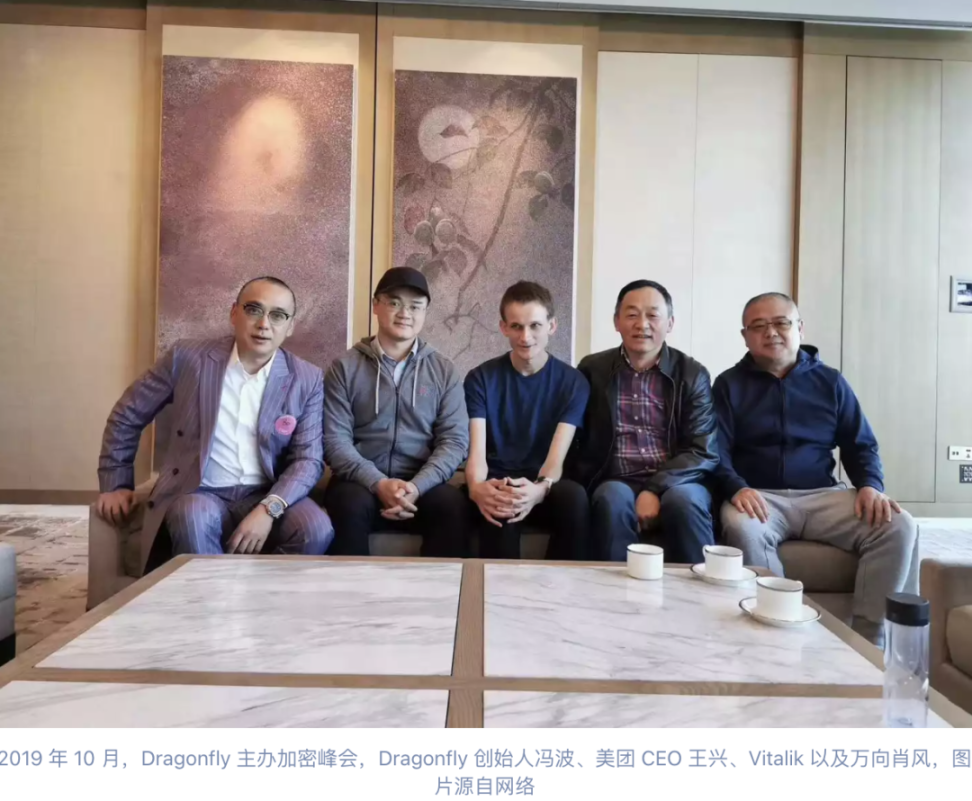
2015 年随之而来的是万向在国内搞了第一次中国区块链大会,到现在应该是第 8 年了,非常不容易,从那时开始,区块链在中国进入了主流世界,回想以太坊本身,这个项目在 2015 年的时候世界上也没有多少人能够理解,2015 年沈波总还是 BitShares 的 CEO,巨蟹是 BitShares 中国研究最深的人。
当时我们内部一直在讨论这两个项目,BitShares 和 Ethereum 两个项目,这两个项目都有革命意义,但从当时的视角来看觉得两者的对比有点奇怪,BitShares 底层是把区块链和应用捆绑在一起,BitShares 机构里已经架设了原来自带的一系列应用,这些应用现在来看还是非常创新的,创建了最早的去中心化、稳定币、Oracle 模型,非常革命性。
但所有的 APP 都是创始人自己开发的,而且是在 Blockchain 上的,他的 Blockchain 严格来说不是非常开放的平台,而是专门为自己的 APP 服务的,导致上面的 DAPP 和自己的 Blockchain 是紧密捆绑在一起,而且属于排他的关系,这是相对传统的模式。
以太坊完全是反过来的,以太坊本身没有任何应用,以太坊基金会 Ethereum Foundation 本身不开发任何应用,就提供基础设施,我自己把自己定位成智能合约平台,所有 DAPP 都是第三方开发部署的,没有任何 Permissoin,类似于安卓,Google 开发了安卓开放式的操作系统,但 Google 本身自己不开发任何 APP,而是让所有的第三方来开发,非常革命性。
从当时的角度来说,BitShares 走的步子会更快一点,因为 Blockchain 推出的第一天,BitShares 上的 DAPP 已经部署起来了,而且已经能用了,2015 年跟沈波总也讨论过这个问题,因为他一直想做去中心化交易所,2015 年的时候 BitShares 上的去中心化交易所已经开始用了,我记得 BitShares2.0 的时候 TPS 效率也不低了,基本可以用了,1.0 的时候可能还慢一点,但是 2015 年的时候以太坊连基础平台都不算特别完善,更不要说上面有各种 DAPP。
记得当时沈波总问 Vitalik,什么时候才能有高 TPS 的平台开发 DAPP,让他可以开发一个 DEXs,Vitalik 回答说可能要几年时间,需要我分片完成,因为当时主要考虑的解决方案是做分片 Sharding,但状态分片是很浩大的过程,2015 年 Vitalik 说要 4、5 年时间,但沈波总说实在等不起时间,现在就运营一个去中心化交易所。
虽然后来以太坊选择的解决方案不是分片的,靠的是 Rollup,因为 Vitalik 中间改过好几次,后来还是觉得 Rollup 是比较好的方案,在 Rollup 还没起来的时候 DEXs 技术已经开始了,以 DEXs 为代表的 DeFi 已经兴起,时间差不多是 2019 年的时间,时间上正好匹配了当时的观念,简单说这些。
Ross Zhang:刚才各位分享的是亚洲的故事,我从世界另外一边,从以太坊的发源地加拿大简短跟大家分享一下。
大家知道,Vitalik 是加拿大人,以太坊发源于加拿大多伦多,2015 年我关注到有人开始讨论这个,我是学计算机的,对技术相对来说比较敏感,但当时我已经在加拿大养老基金开始做投资方面的事情,经验非常特殊,给了我两种不同视角。
我看到多伦多很早期的时候就有以太坊早期支持者,办了以太坊最早期的 meetup,像 Vitalik、Gavin Wood、Joseph Lubin、Anthony Dilorio 等以太坊联合创始人,以及以太坊最早期社区的人都参加,还有 Web2、极客当时也在 meetup 那边。
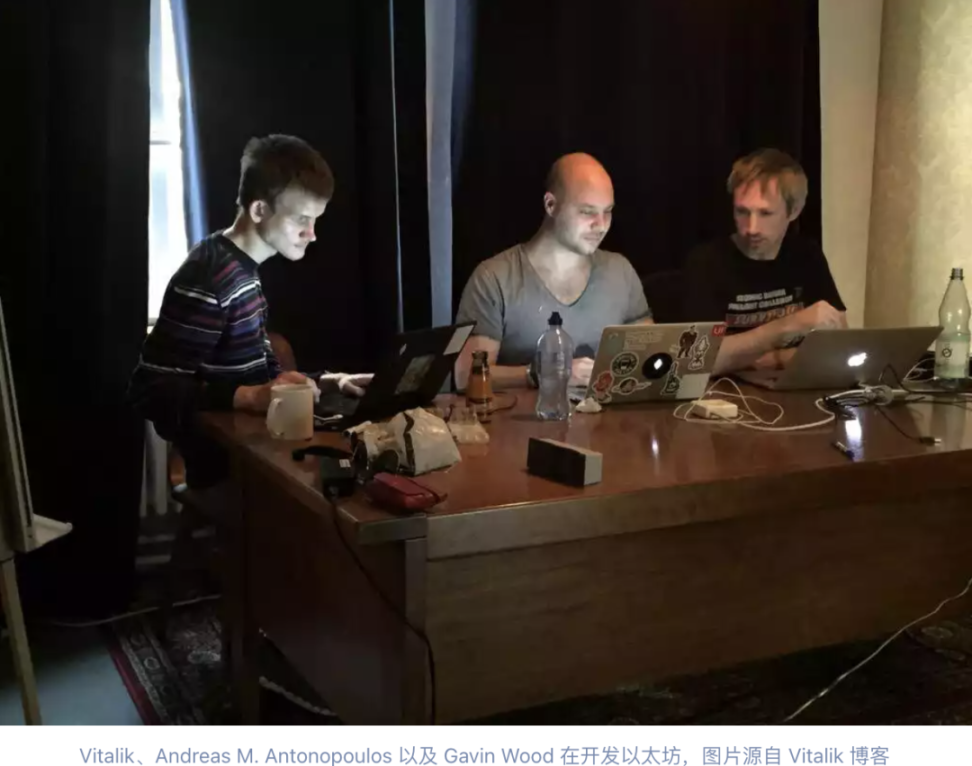
当时听的不是特别懂,觉得从技术上来看这个事情还是特别早期,无论是开发还是运行,都特别慢,大家觉得这个事儿到底能不能成。
我当时在加拿大养老基金,我觉得这件事还是非常 make sense 的,因为我能看到对金融世界的改变,尤其在提升资金效率、信任状态当中有改变,于是我在加拿大养老基金内部成立了区块链研究小组,刚开始有 10 个人,等我离开的时候差不多有 100 人的规模。
那时候邀请了 Vitalik、Joseph Lubin 来我们那边讲到底什么是智能合约,有什么用,到底什么是以太坊,以太坊上会有哪些项目,我们是比较早关注到以太坊的,在以太坊发源地加拿大跟大家分享比较早期的故事。
大家知道,以太坊在北京时间 4 月 13 日的早上完成了以太坊上海升级,在以太坊发展过程中,大家觉得有哪些比较重要的里程碑,尤其是上海升级后怎么看以太坊发展?
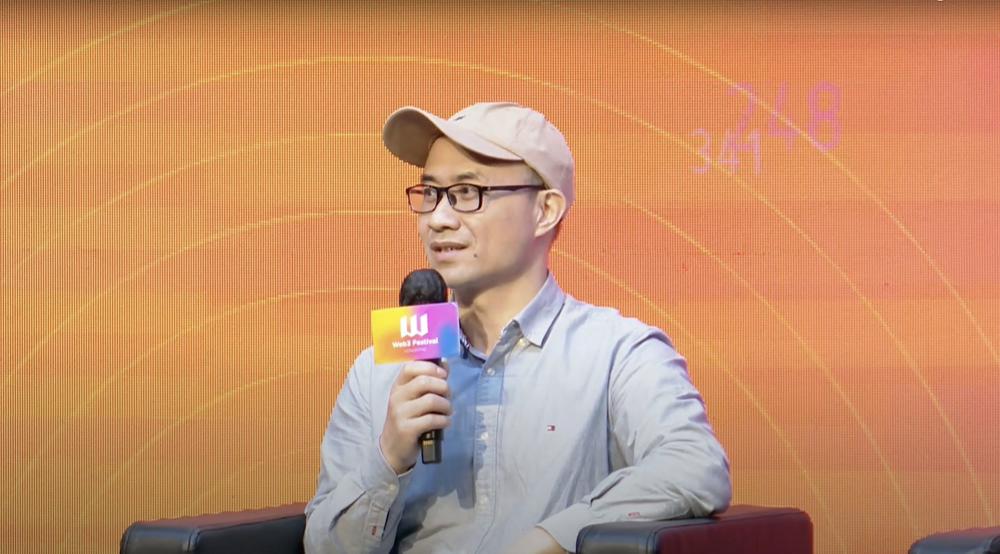
Jerry Liu:谈到以太坊发展中的里程碑,具体的时间我已经记不清楚了,但是我能记住大概有几个关键节点。
第一个节点,主网上线的时间,应该是 2015 年 7 月份左右,当时 Gavin Wood 以他的一己之力创建了 EVM,定制了以太坊标准,当时谁也没想到 EVM 后来几乎成为行业的标准,当时大家最惊叹的是智能合约的事情竟然真的可以实现了。
第二个节点,1C0 热潮,大家发现可以在以太坊上发资产,可以通过这种方式募资,当时出现了非常多的项目,当然其中有很多是投机主义的,是泡沫,但也确实留下来很多真正长期主义在搞行业内创新的项目。
第三个节点,NFT 早期实践,包括大家比较熟悉的“加密猫”项目,让大家看到了资产的另外一种可能,在这之前,大家经常交易的都是一些同质化资产,加密猫资产让大家看到了非同质化资产的可能,为人类金融打开了更大的一扇窗口。
第四个节点,DeFi Summer,大量去中心化金融的实践开始了,当然其中的一些实践,比如说像 farming 这件事情,现在看起来并不可持续,但也有很多金融商业模式被证明是可行的,并且被保留下来了,比如抵押借贷、AMM 模型的去中心化交易所,都成为了行业标准化的组件。
道路还在继续延续下去,相信继续往前还有更多金融方面的商业模式被发现,被持续下来,给人类金融实践带来更多可能。
第五个节点,Merge,Merge 已经被无数次推迟了,在上次成功进行的时候我也没想到是这么平滑,如此平滑如此顺利地完成了,应该说对于很多以太坊粉丝来说,心里的一块石头真的落了地,大家可以把过去的担心都忘掉,更远地看到前方的东西。
这次上海升级最大的意义是让流动性变得更好,甚至可以说新开创了 LSD 的赛道,使得以太坊 Staking 抵押方面的业务可以成长为和比特币挖矿行业相媲美的赛道,这是我的基本看法。
Ross Zhang:谢谢巨蟹,刚才有一点特别有感受,早期都没有想到以太坊从最早期比较原始、比较简陋、运行速度比较慢,但按照路线图一步一步预定里程碑都实现,而且实现过程中有非常大的切换,几千万美金的资产运行在上面,依然能做到如此平滑,是所有以太坊社区和开发者共同努力的结果。
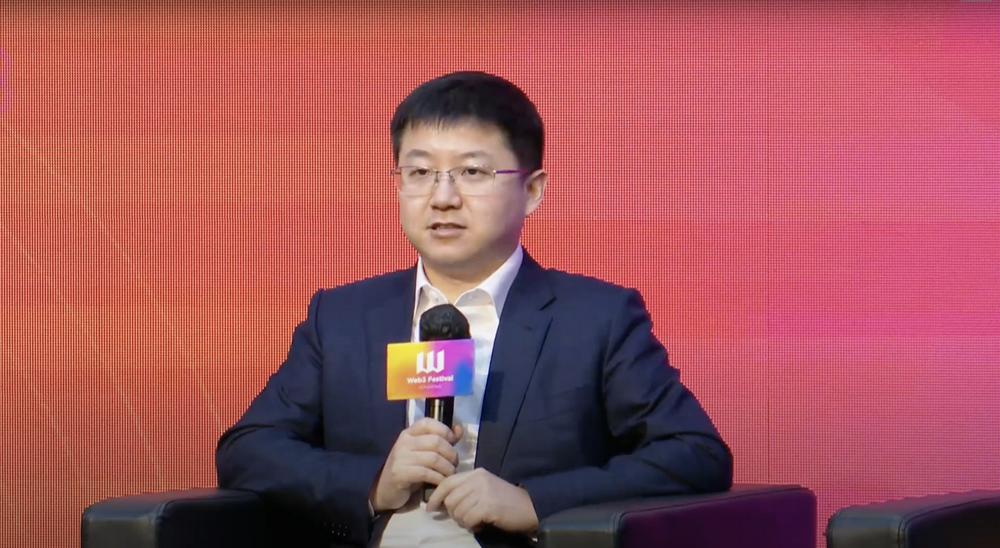
杜宇:《以太坊白皮书》里写的目标是“成为世界计算机”,但到今天来看以太坊并不是世界计算机,是金融基础设施,一路走下来,今天已经成为了 Web3 世界里很重要的金融基础设施,从另外一个角度来说,最重要的节点是各种各样新资产协议的出现。
从最早的 ERC20,原来发 Token 要自己组条链,门槛比较高了,有了 ERC20 以后,每个人发自己的 Token,几分钟之内就可以完成,到后面的 ERC721 代表世界中更多的非标资产,以及延伸出来的 1155 一系列资产协议,这些是以太坊发展历史上最重要的基础设施。
今天以太坊一直在不同阶段发展,像过去几年更多为资产协议基础设施来,过去一两年时间更多是金融基础设施很多工具已经在了,但性能、成本又存在问题,所以今天的趋势又变成了怎么样让以太坊各种 Layer2、Layer3 来承载更大规模的应用,不同阶段有不同的侧重点和不同的使命。
Ben He:稍微带大家回顾一下以太坊本身的发展路线图,从以太坊早期来说,大家都清楚早期规划了 4 个阶段,第一阶段 2015 年 7 月上线,作为 BETA 网络,2016 年 3 月 14 日,第二阶段正式上线,是正式的公开发布版本,第三阶段是 DAPP 应用、DeFi 大爆发,生态繁荣发展。
现在进入第四阶段,但中间以太坊围绕两条线产生非常多的调整变化,一条线是怎样从 PoW 共识转向 PoS,去年的 Merge 证实以太坊已经进入到 PoS 阶段,4 月 13 日上海分叉让大家能基于 Staking 之上做自由的提款动作,这是围绕共识协议的进化,从以太坊有想法,诞生白皮书,再到整个路线,基本上没有变化,按照这样的路径走,只是中间所花的时间周期非常长,不断延期,中间的“炸弹”拆了很多次,延迟了很多次状态。
第二条线路是围绕着 Scalability 可扩展性层面,从一开始额 state sharding,到后来 Vitalik 提到以 Rollup 垂直路线做 Scaling 的方向,第一条线路达成里程碑的状态,PoS 进入稳定状态,中间跑了接近一年的状态,以太坊路线图往后发展要围绕着应用,以 Rollup 为导向,以太坊从 Merge 往后是 The Search,怎样通过协议升级,为 Rollup 创造更好低成本更强的可扩展性。
对于 imToken 来说这点非常重要,因为钱包服务到应用给广大用户,可扩展性非常至关重要,让区块链、Web3 带到千家万户,带到普通老百姓,非常期待以太坊在接下来路线图的发展,能继续不断地低成本、高性能扩展,达到像 Web2 传统互联网的吞吐量。
还有用户体验,像协议层推动 AA 抽象账户,围绕用户怎样降低门槛,减少安全风险,对于协议层为应用层铺路,对于钱包而言,积极探索,在这些协议的改进之上,应用端怎样更好地把用户门槛降低,体验得到更大提升,让大家用起来既省心又安心,在这之上承载越来越丰富的生态应用。
Ross Zhang:谢谢 Ben,Ben 刚刚提到了非常久远的名词“宁静”,这其实是在以太坊刚开始白皮书时的规划,之后大家又会讲以太坊 2.0,到现在大家讲 Merge、Verge、Purge、Splurge 以太坊新的路线图,我们也看到路线图越来越详细了,越来越根据技术发展进行调整。
因为时间关系,我最后还有一个问题想让大家一起分享一下,跳出以太坊生态,作为在区块链 Crypto 行业的 OG,各位嘉宾有什么跟大家一起分享的?可以做简短的分享。

Roland Sun:其实我个人觉得研究区块链跳不开以太坊,以太坊提供了目前区块链行业的发展范式,很多其他项目或多或少都在学习以太坊,虽然有各自特点,但总体框架下目前区块链行业还没有超越以太坊到下一代的东西,现在还没有,也许未来会有。
以太坊下一步怎么发展?下一步区块链会有什么东西?我现在看到有些发展方向有可能存在,现在以太坊从早期扩容主要想推 Sharding 的方案,但现在改为推 Rollup 的方案,这是更现实的方案,包括 Arbitrum 为代表的 OP Rollup 和 ZK Rollup,有可能在未来一两年都会成熟,而且本身效率比较高,像大部分 DAPP 考虑到 Rollup 上部署,因为效率高,同时费用低。
接下来以太坊的主要问题是主链 Rollup 之间的关系怎么解决,到底谁来捕获价值的问题?以太坊接下来可能会考虑这一点,现在 Rollup 基本是一次性打包向主链支付 Gas 费,节省了很多 DAPP 本身的 Gas 费,但以后来看两者利益如何分配是比较大的问题。
从另一个维度上,现在很多也在研究区块链的模块问题,刚才 ConsenSys 那位伙伴提到 Blockchain 和 Merge Blockchain 的问题,最早是想到从扩容的另外一个维度,跟扩容需关系,把状态事情单独外包出去,做一层去中心化网络,这也是目前的一种可能性,把以太坊状态单独外包出去做独立网络。
Rollup 现在生意模式是需要 codata,从主链那边获取数据,但现在以太坊 Gas 成本比较高,理论上以后也会像专门提供状态的单独网络请求数据,因为这样成本比较低一点,从另一个维度上把区块链模块化,未来模块化的东西可能还会有很多,包括排序器也是重要的东西,跟 MEV 有很大的关系。
包括现在以太坊还没解决的存储问题,目前以太坊没有存储网络,所有的链上数据不会定义为存储,但实际上现在整个网络世界数据远大于以太坊链上几百 G 的数据,不是一个数量级的东西,Web3 本质上以后会调入所有的互联网数据,有去中心化的存储网络也是必要的,不一定是以太坊自己来做,因为有很多去中心化网络已经存在了。
今后所有跑业务的链、Rollup 怎样调用去中心化网络存储网络里的数据也是比较重要的课题,这是目前的思考,但没有明确答案。
Ben He:刚才提到,作为应用层、用户最关心的还是体验怎么样用得舒心、安心,回过头来,区块链的“不可能三角”里,安全 Security、去中心化 Decentralization、Scalability,Scalability 是现在正在解决的问题,作为行业建设者、用户需要多一些耐心,首先要坚定地先确保安全和去中心化,在这之上怎么样对 Scalability 做进一步突破,希望大家多一些耐心,美好的事情终将发生。
杜宇:第一点,以太坊模块化这件事情特别好,我原来学通信的,大家看互联网协议栈也是一个个协议的一起堆起来,未来以太坊会像 HTTP、IP 协议栈一样,每个人都是其中的协议层,某种程度来说,以后 Web3 的世界以太坊会是当中很重要的基础设施,大家都会成为和以太坊互动的协议,不管是通过 layer2 还是 Web3 各种协议对接。
第二,亚洲在 Web3、以太坊当中开发者社区和 Builder 社区的声音越来越小,希望借助香港活动吸引更多好开发者进入到 Web3,中美两个国家有着世界上最多的好开发者,有一整套人才培养和教育体系,希望能把更多好人才和 builder 带进 Web3、以太坊生态,这样才能加速更美好未来更早的到来。
Jerry Liu:着重谈一下在我眼中区块链技术对金融系统的影响,Vitalik 曾经写过一篇文章分析 ETH 各个生态的重要性,其中好几样都是跟金融系统有关系的,谈到了一般意义上的货币生态、稳定币生态、DeFi 生态。
一般意义生态是什么呢?就像传统金融世界里的黄金,过去半年里中国央行在大量购入黄金,在目前传统金融世界里黄金依然是金融系统的基础资产,在加密世界里,像 BTC、ETH 资产也可以视为这个世界里的基础资产,会作为最底层的资产支撑起加密金融大厦,稳定币可以为一般人所用的比较安全、没有太多顾虑的资产。
现在谈到稳定币还是比较早期的阶段,因为最大的问题是现在所说的稳定币还是要依赖于法币的,还是需要锚定美元的,也就是说在很大意义上跟传统金融联系非常紧密的东西。
我觉得,在将来一定会出现不依赖于法币的稳定币,那时候对传统金融的依赖会最大程度消除,比如说美元,美国人经常说美元是我们的货币,但这是你们的问题,我觉得将来也许在加密世界里会创造出这样的一种稳定币,并不依赖于某个的信用来产生影响,我想到那个时候加密世界、区块链技术对金融的影响会更深一步。
DeFi 发展慢慢正在使金融去中介化、自托管化发展的道路上前进,在 Web3 世界里有很多 DAO 组织,其中有一个很大的组织叫 Bankless Dao,目前是让大家以后的交易不依赖于银行,我相信这种愿景在将来应该会实现,区块链技术最终会给大家带来比较自由的、比较去中介的、自己对自己的资产安全负责的世界。
Ross Zhang:谢谢巨蟹,他刚才说的有一点是区块链原生资产,在以太坊社区叫“超声波资产”,我也很同意刚刚 Roland 讲的点,讨论区块链是离不开以太坊的,我个人经历过几个周期,分久必合,合久必分,大家看到以太坊的问题,做别的事情,解决问题,最后可能又回到以太坊,这是我最大的感受,时间原因,今天非常感谢各位 OG 的分享以及大家的聆听。
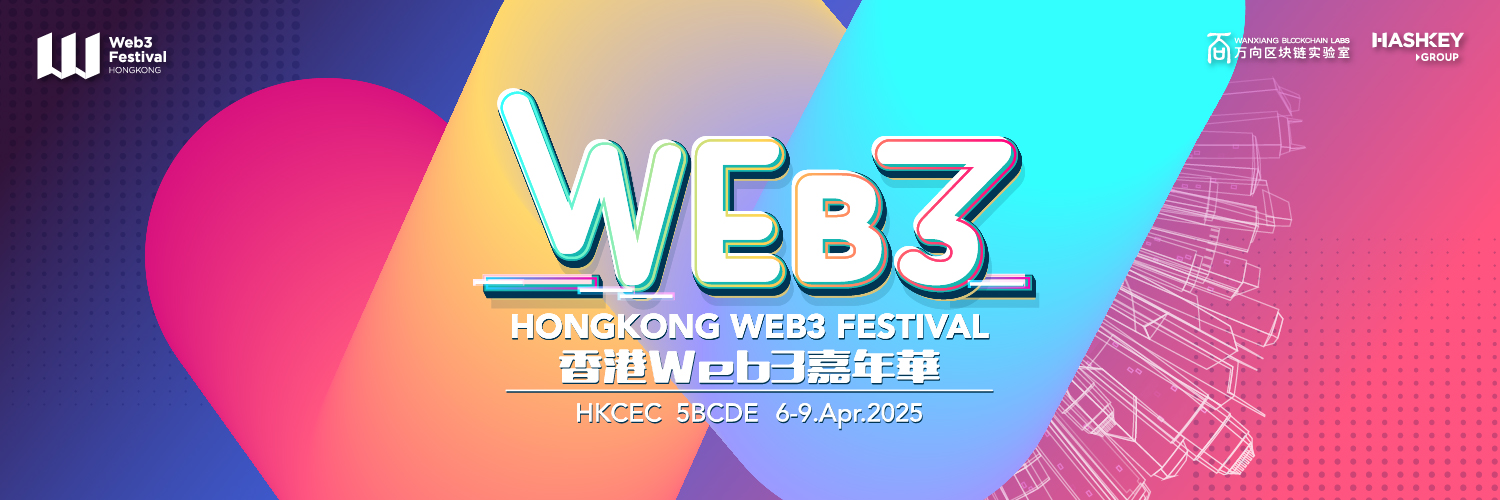
2025 香港 Web3 嘉年华活动预告
2025 年 4 月 6 日至 9 日,备受全球 Web3 行业瞩目的 “2025 香港 Web3 嘉年华”将在香港会议展览中心 5BCDE 展厅盛大举行,Web3 嘉年华是由万向区块链实验室与 HashKey Group 联合推出的 Web3 活动品牌,由 W3ME 承办。
此前举办的 2023 香港 Web3 嘉年华和 2024 香港 Web3 嘉年华均获得了巨大成功,两届活动汇聚了超过 250 个前沿参展项目,邀请了超过 800 位业界领袖进行深度交流,累计吸引了超过 80,000 名现场观众共襄盛举,同时配套了超过 300 场丰富多彩的周边活动,香港特别行政区政府财政司司长陈茂波、以太坊联合创始人 Vitalik Buterin、ARK Invest CEO 兼 CIO Cathie Wood 等均担任过活动演讲嘉宾。
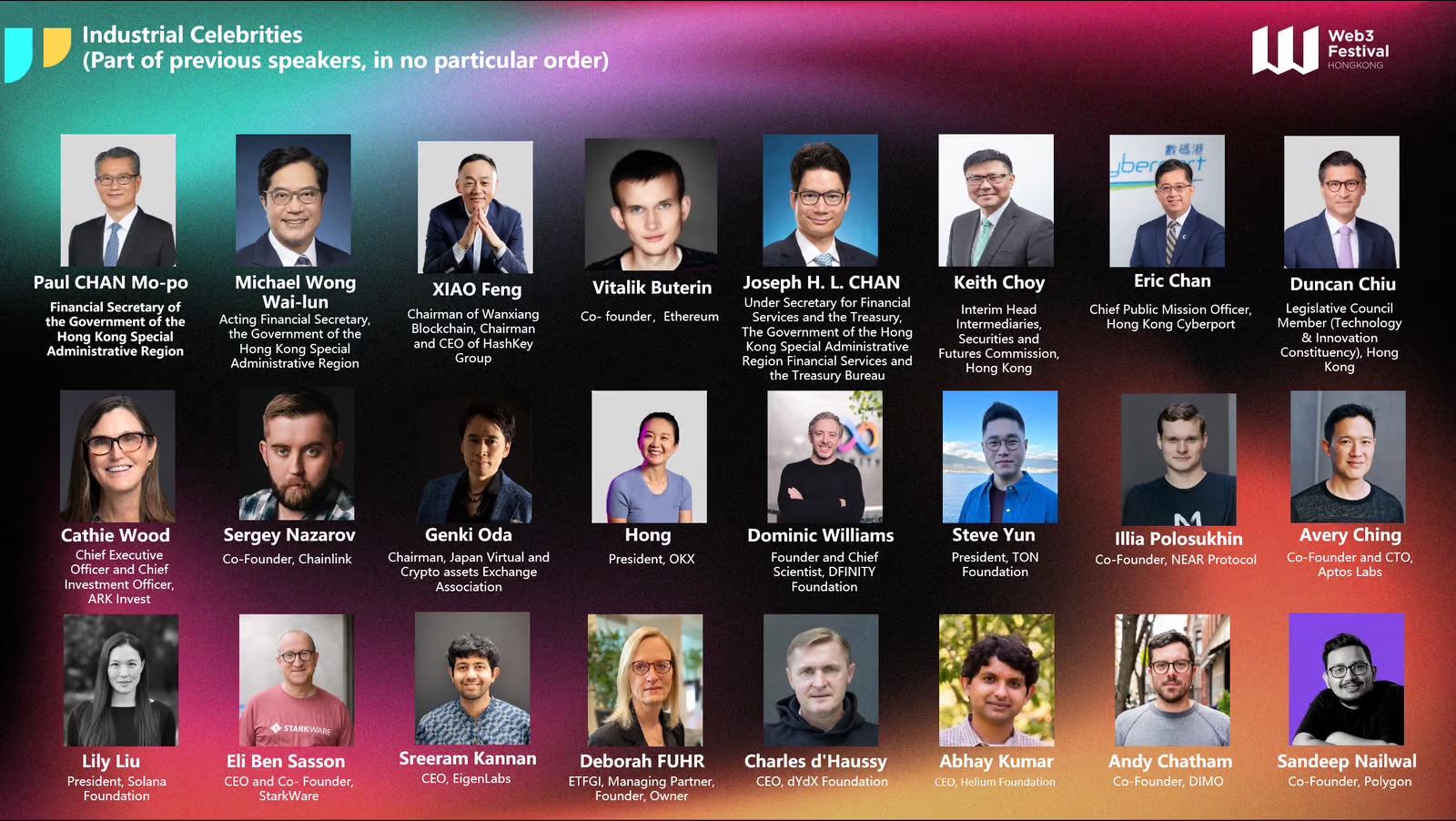
作为连续举办的第三届活动,基于前两届积累的活动声望和全球影响力,2025 香港 Web3 嘉年华规模预计达到数万人,将继续汇聚全球 Web3 领域的精英与前沿项目,共同探索 Web3 技术的无限可能,为全球参会者带来一场前所未有的科技盛宴,本次嘉年华占地面积将超 14,000 平方米,是往届场地的 1.5 倍,将为与会者提供更加舒适、丰富的参会体验。
在这里,不仅有设计新颖独特的 Web3 热门项目展区,让参会者能够一站式领略 Web3 生态的最新风采,更有来自全球各地的 Web3 领域的顶尖专家、学者、企业家等围绕 Web3 技术的最新进展、行业趋势、政策法规、应用场景等多个维度展开深入探讨和分享,为参会者带来一场知识的饕餮盛宴和思维的激烈碰撞。
不仅如此,2025 香港 Web3 嘉年华将进一步扩大娱乐互动及社交体验区域,参会者可以在这里亲身体验 Web3 技术带来的乐趣和变化,如参与 NFT 艺术展览、体验元宇宙游戏等,同时,丰富的社交活动也将为参会者提供结识新朋友、拓展人脉的绝佳机会,共同构建一个充满活力的 Web3 社区。
随着 2025 香港 Web3 嘉年华的临近,主办方正紧锣密鼓地筹备各项工作,仅售 299 美元的早鸟票正在火爆开售,赶快前往活动官网购票吧,我们期待与您相聚香港,共谋发展,携手推动 Web3 技术的创新与应用,共同开创 Web3 时代的美好未来!

门票优惠
作为 2025 香港 Web3 嘉年华的官方合作社区,IC 中文社区为大家提供85 折专属门票优惠,优惠码:ICCHINA。
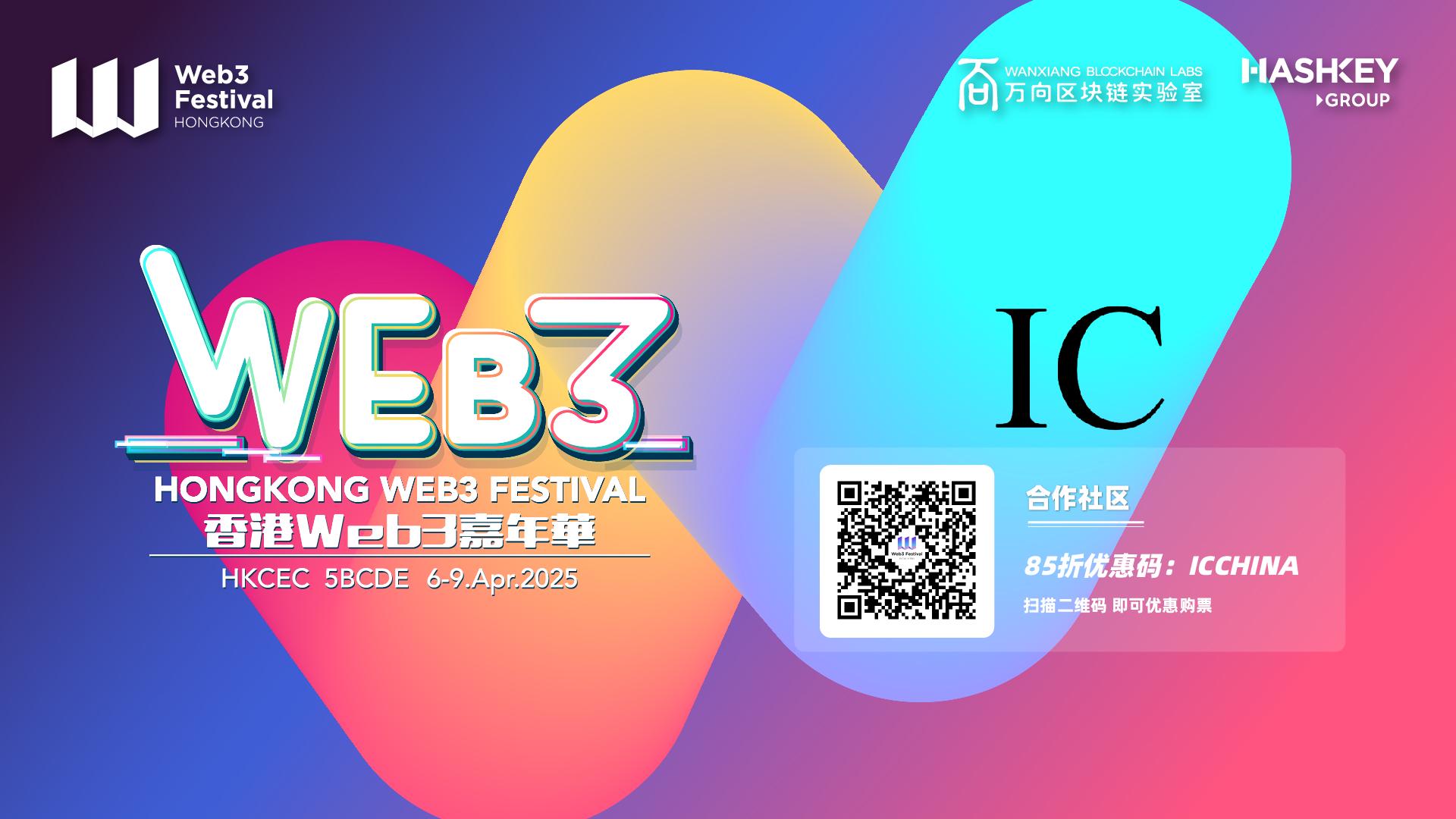
目前仅需 299 美元即可获得早鸟票优惠,购票链接:
-
https://lu.ma/hkweb3festival_2025?coupon=ICCHINA
点击以上购票链接,即可享受专属门票优惠,折后价格 254.15 美元,门票价格之后会逐步上涨,确定参会的朋友还是尽早购票为好!
更多相关信息请阅读:
-
全球加密货币公司转向香港寻求庇护和机遇
-
2025 香港 Web3 嘉年华定于明年四月盛大举行
